Realizing Children’s Rights in Senegal
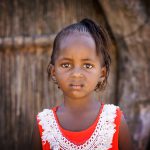
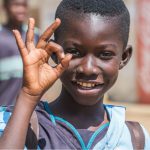
In Senegal, 1 in 2 children is not registered in the civil registry, 1 in 4 children aged 5 to 17 carries out work that is detrimental to their health or development, and 9 out of 10 children are victims of violence. Thus, Senegal faces many challenges that must be addressed if children are to be provided with the adequate living environment for their proper and full development.

Children’s Rights Index: 6,35 / 10
Red level: Difficult situation
Population: 15.8 million
Pop. ages 0-14: 43.06 %
Life expectancy: 67.6 years
Under-5 mortality rate: 78.7 ‰
Senegal at a Glance
The Republic of Senegal is a country located in the far west of the continent of Africa. With an area of 196,722 square kilometres, Senegal is bordered to the north by Mauritania, to the east by Mali, and to the south by Guinea and Guinea-Bissau. The Atlantic Ocean is to the west of the country, which has 700 km of coastline.
The country’s population has almost doubled from 1988 to 2010 (RGPH), from 6,896,000 to 12,526,488. The population was estimated to have risen to 15.8 million in 2017. The population is unevenly distributed within the country. For example, some cities such as Dakar are home to 23% of the country’s total population, despite occupying only 0.3% of the country’s territory. Senegal’s population is also distinguished by its youth. Under-20s make up 54% of the population and the over 65s make up only 4% of the population.
Senegal is one of the most stable countries on the continent and is an example of democracy in Africa. Since its independence in 1960, the country has experienced three major political alternations, all of which were peaceful. The last presidential election, which took place on 24 February 2019, resulted in the victory of incumbent president Makcy Sall, who was elected with 58.27% of the vote. Nevertheless, the instability of the Sahel-Saharan region, which faces terrorism, constitutes a threat to the internal security of the country, which is continuing to strengthen its capacity in this area.
Status of Children’s Rights
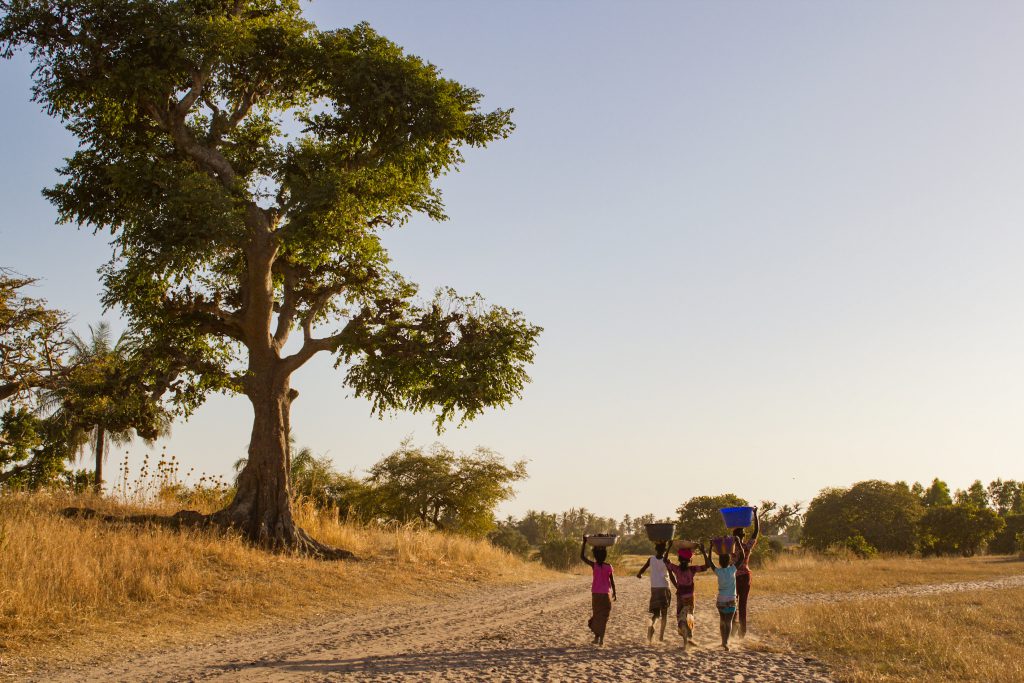
Senegal ratified the Convention on the Rights of the Child on 31 July 1990. Through this ratification, Senegal recognises that the child is a holder of rights. Moreover, it recognises the compelling need to protect children and ensure their “survival and development as much as possible”. However, during its participation in the Universal Periodic Review, Senegal stressed the need to make additional efforts in order to protect children and provide them with a better living environment.
Children in Senegal face many challenges with regard to achieving their rights. Education poses a major challenge, particularly due to the prevalence of informal education and the low literacy rate. Living conditions within households are yet to be improved, so that children have access to safe and decent housing, access to water and sanitation, and a constant supply of electricity.
Senegal also has to face the phenomenon of talibés or child beggars. Each challenge requires special attention and continuous efforts on the part of the authorities if the protection and proper development of Senegalese children are to be guaranteed.
Child-Oriented Social Protection
Compared to other states in the subregion, Senegal has one of the best economic performances. However, Senegal remains a poor country (with a gross national income of US$1640, at purchasing power parity or PPP), with significant gaps in terms of infrastructure and human development (ranked 164 of 189 states in the UNDP HDI ranking). In the face of this poverty, children and young people are the most vulnerable due to a lack of protection services. Therefore, it is important for government action to focus on the establishment of social protection in order to address this vulnerability.
In Senegal, the national social protection strategy is divided into two categories: the informal (or traditional) system, and the formal social protection system. In short, the traditional system is based on the “African family” model, which consists of extended family and close friends. The economic situation of the family members forms the scale with which to assess the authority of said members. These members then form the means of support for other members in times of need. It also includes other family members who have emigrated and subsequently transfer money back to their families.
Within the framework of formal social protection, the State provides benefits to employees in the formal sector and civil servants in the public sector through the social security fund or the national pension fund. It should be noted, however, that Senegal’s targeted action in the implementation of child-oriented social protection consists mainly in the implementation of social allowance programmes, which are proving to be an effective tool in reducing child poverty. These funds have an important impact in improving child nutrition, access to birth registration and the rate of child survival (UNICEF).
Addressing the Needs of Children [1]
Right to Health
The right to the highest attainable standard of health is a necessary requirement for the healthy development of every child. The right to health for all without exception is guaranteed by articles 8 and 17 of Senegalese Constitution of 2001. This provision thus forms the national legal framework necessary for the implementation of the right to health for the benefit of every child in Senegal. At an international level, Senegal affirms its commitment to ensuring the realisation of children’s rights through the ratification of texts such as the Universal Declaration of Human Rights and the Convention on the Rights of the Child.
In practice, despite numerous reforms aimed at strengthening the health system and the implementation of certain programmes (such as the expanded immunisation programme), Senegal faces a number of problems that hinder the effectiveness of the child’s right to health. The main causes of mortality in Senegal are infectious and parasitic diseases such as malaria, with a morbidity rate among children under 5 years of age of 1.49%.
Children also face micronutrient deficiencies such as iodine and iron deficiency. The EDS-MICS survey showed that 76% of children aged 6-59 months suffered from anaemia. The rate of exclusive breastfeeding during the first 6 months remains low at 39% Further efforts must also be made in the area of water, hygiene, and sanitation.
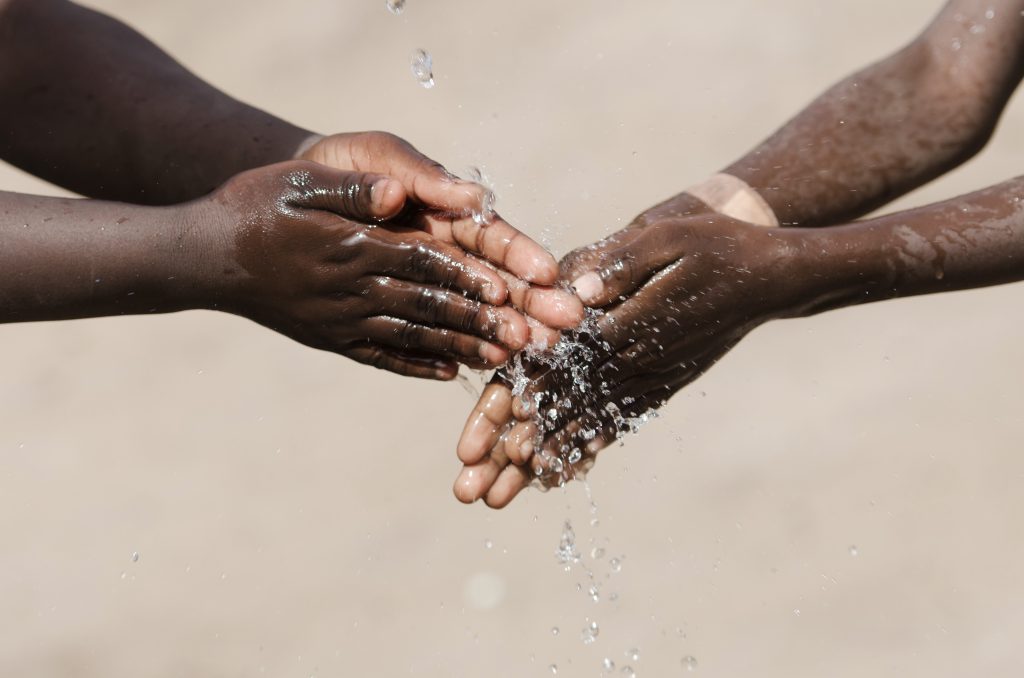
Around 61.8% of households with children in Senegal are supplied with tap water. The tap may be on the inside of or outside the household. The other source of household water is well water, which is not always safe. As a result, 26.2% of households, of which about 17% include children, consume well water. These figures are even more alarming in rural areas, where 35.3% of households with children consume well water.
With regard to strengthening the health system, sector funding needs to be improved in line with commitments made under the Abuja Declaration, which calls for the allocation of 15% of the national budget to the health sector. So far, Senegal has only allocated 6% of its budget. Attention must be paid to ensuring equity in access to services, particularly with regard to the care of vulnerable orphaned children and access to sexual and reproductive health services for young girls.
Right to Education
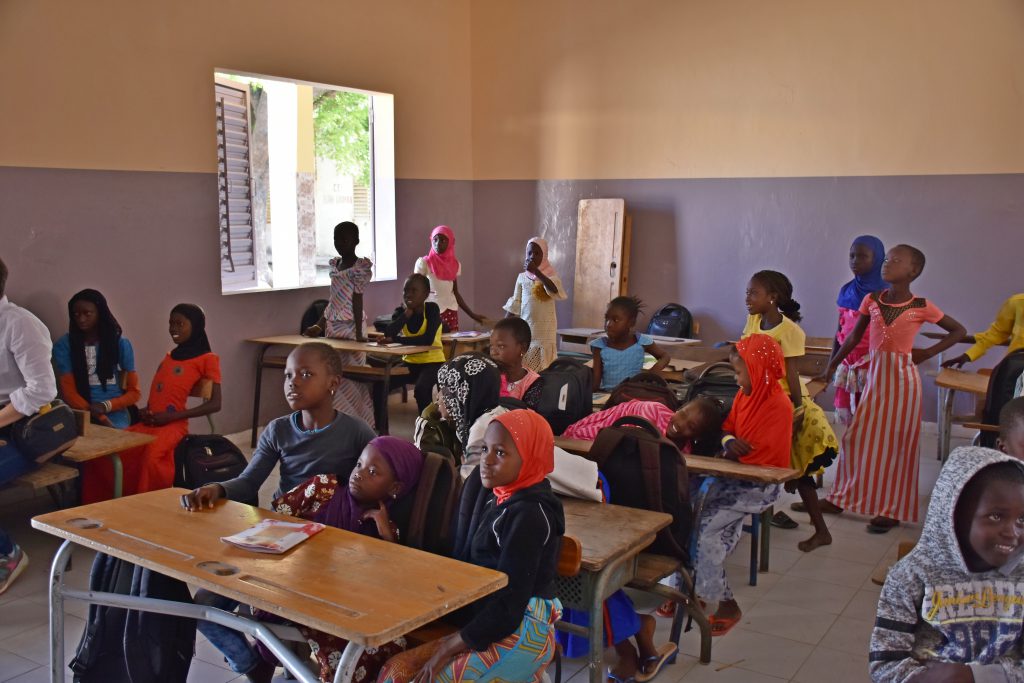
Under-20s account for 54% of Senegal’s population. As a result, education is a major, if not critical issue for the development and improvement of the country’s human resources. Above all, it is a fundamental right that every child must enjoy. The Senegalese context presents a certain peculiarity due to informal education, which is a major learning route for many disadvantaged young people. Informal education is characterised by the different specific contexts of the target population, such as through the use of the local language.
There are 2,852,983 students in Senegal, distributed as follows: 170,351 (6.0%) are in pre-school, 1,521,572 (53.3%) in primary school, 701,577 (24.6%) in middle school, 321,799 (11.3%) secondary school, and 137,684 (4.8%) in higher education (RGPHAE final report, 2013). The highest enrolment rate is in urban areas, which has 57.3% of the total number of students.
At primary level, female students outnumber male students by 771,804 to 749,769. Girls also outnumber boys in middle school, with 1,815 more girls being enrolled. It is only at secondary level that the trend is reversed. 175,849 boys and 145,950 girls are enrolled in secondary school.
This abrupt reversal underlines the fact that many girls do not continue their education. In addition, the net secondary school enrolment rate in rural areas is relatively low at 8%. This is explained through statistics from the Ministry of National Education, which show that 77.3% of general secondary schools are located in urban areas. The authorities should therefore ensure the sustainability of girls’ schooling policies and a better distribution of schools throughout the country.
Right to Identity
To enjoy their rights, the protection of the state, and even an adequate education, a child must be recognised i.e. they must have a declared civil status. The child must therefore be registered in the civil registry, thus acquiring a nationality and the status of a member of a nation.
In Senegal, 27.2% of children under the age of 5 have no civil recognition. These figures vary according to place of residence. In urban areas, 7.2% of children under the age of 5 have not been registered. This figure increases drastically in rural areas, with 39.3% of children under the age of 5 not being registered. According to a joint report produced by UNICEF and the National Agency for Statistics and Demography, certain factors relating to the household and the head of the family play an important role in a child’s chances of being registered.
In the context of household factors, place of residence is an important element. As highlighted in the statistics above, the chances of a child being registered are higher in urban areas than in rural areas. Household size also plays an important role in Senegal. The more children that are in a household, the less likely they are to be registered. Lastly, it should also be noted that poorer households are less likely to register their children than wealthier households.
The level of education of the head of the household is also highlighted as an important factor by the report. The percentage of unregistered children rises from 2.0% among the most educated heads of households to 29.5% among uneducated heads of households. This aspect plays a decisive role in the Senegalese context. According to the report, farmers and herders are failing to register their children.
In view of these weaknesses, it is therefore important to ensure an increase in the amount of birth registrations. This could be done through raising awareness, or by bringing civil registry offices closer to the people who need them.
Risk Factors – Country-Specific Challenges
Migration
Migration is a phenomenon which is greatly affecting West Africa, especially the younger population. In Senegal, migration can be analysed at two levels: internal migration and international migration.
Internal migration takes place within the limits of the national territory. Children, whether in the company of adults or travelling alone, constitute the largest proportion of migrants. According to a report by the National Agency for Statistics and Demographics, there are 6,592,380 interregional migrants who are between 1 to 19 years of age. The entry indices presented in the report show that the most attractive regions are Dakar, Ziguinchor and Diourbel, with entry indicies of 27.7%, 12.2% and 20.3% respectively. Therefore, Dakar has the highest entry index. Dakar’s appeal can be explained by its status as an economic and administrative capital, likely to offer more opportunities and therefore a better chance of success.
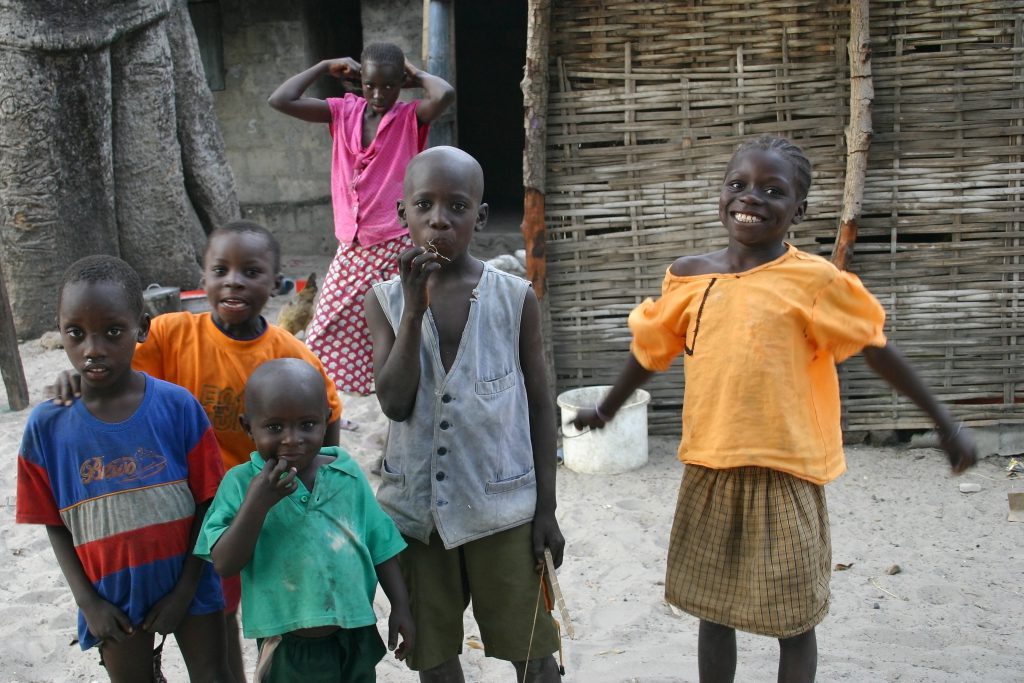
International immigration of Senegalese children is less significant than internal migration. 33,014 children aged between 1 to 19 years have emigrated abroad. From a global point of view, there are many reasons for these migratory flows: primarily, the search for a better life. In Senegal, West Africa, and sub-Saharan Africa in general, living conditions are strongly distinguished by the poverty suffered by a large proportion of the population. Children living alone or with their parents are thus inclined to move cities or countries for a better chance of success.
Children are also motivated to search for a better education, escape violence that persists within some families, and provide more help to their families suffering through hardships. Migration, even if it is seen as a solution to the economic difficulties of families, exposes children to many risks such as child trafficking, forced and unpaid labour, or forced marriages. It is therefore necessary to make young people aware of the importance of not taking such risks. Above all, however, it must be ensured that young people have a better chance of success within their own home regions.
Abuse of Talibé Children
The talibés are students who study the Quran. In Senegal, talibés are children between the ages of 5 and 15 living in ‘daaras’: a term that refers to a traditional Islamic school and/or the place where the children live. There are three types of daara: the day daara, the mixed daara and the boarding daara. These three types can be differentiated by their acceptance of boarders.
A minimum of 50,000 talibé children who live in boarding or mixed daaras are enslaved. Forced to beg in the streets of certain cities such as Dakar and Diourbel, they suffer extreme forms of abuse and neglect and are exploited by their masters or marabouts.
Forced begging by children is a serious violation of children’s rights. In addition to being forced to beg to bring back food or money, these children are subjected to severe physical abuse when they fail to meet the daily quota, when they try to escape, or when they can’t memorise Quran verses. Many deaths of talibé children are the result of violent beatings, neglect and endangerment. These children are also subjected to sexual abuse, they live in makeshift accommodation, and because of their obligation to beg, they are exposed to road traffic which often leads to death.
The involvement of parents in this phenomenon cannot be ignored. It is the parents who send the children to Koranic teachers for years because of poverty or many other reasons, often without ensuring the child’s living conditions. When local authorities intervene and send children back to their families, they are sometimes then sent back to their master or marabout.
The abuses suffered by talibé children are described as slavery, submission to the worst forms of child labour and child trafficking or smuggling under international human rights law. There is a national and international legal framework aimed at protecting a child’s safety and dignity in the face of this phenomenon.
It is therefore necessary for the Senegalese authorities to ensure that these laws are implemented on Senegalese territory and to raise awareness, especially among families living in remote and rural areas, in order to highlight the danger of sending their children to mixed and boarding daaras.
Child Labour
Child labour is a widespread problem in African countries, including Senegal. In addition to violating Article 32 of the CRC and Article 15 of the African Charter on the Rights and Welfare of the Child, this issue forms a major obstacle to the children’s right to an education.
In 2014, 25.5% of children aged between 5 and 17 years were economically active in Senegal, of which 10% worked in dangerous conditions. Boys are usually the victims of child labour; about 35% of boys are child workers. With regard to the violation of children’s rights to an education, it should be stressed few children work and attend school; only 8,711 child workers attend an urban school. The type of household, the heads of household, and certain factors specific to a child’s social context contribute greatly to the spread of child labour in Senegal.
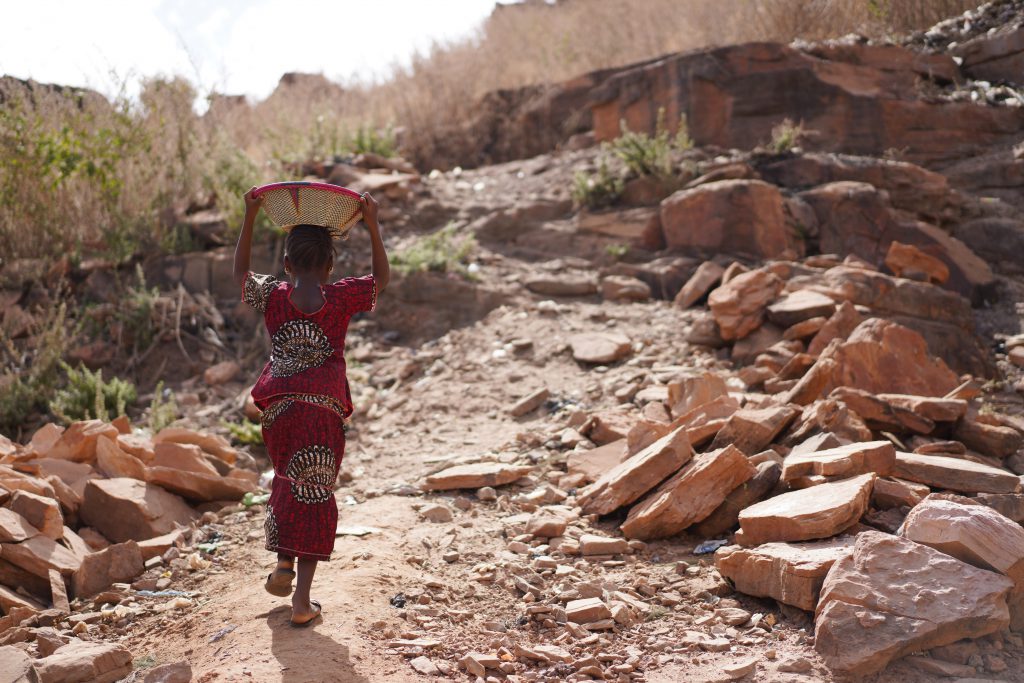
With regard to the impact of household status, it should be noted that children are more exposed to child labour in poor households, with a low standard of living. 15.7% of children aged 6 to 17 from the poorest households work in Senegal as opposed to only 5% from wealthier households. As for the impact of heads of households in the prevalence of child labour, households headed by farmers and herders are more likely to have child workers.
Lastly, children who must assume responsibility for their families and children who are not connected to or related to the head of the household in which they live are all economically active. As they are occupied by their work, these children are unable to experience their childhood, or go to school in order to obtain an adequate education and have a better chance of success.
Written by Habib Kouamé
Translated by Latika Rodway-Anand
Proofread by Alexandria Harris
Last updated on 23 July 2020
References:
Agence Nationale de la Statistique et de la Démographie . (2014). Recensement Général de la Population et de l’Habitat, de l’Agriculture et de l’Elevage 2013. Dakar.
Anti-Slavery International. (2011). Time for Change: A call for urgent action to end the forced child begging of Time for Change:.
Hewett, M. R. (2005). Poverty and Children’s Schooling. The Population Council, p. 30.
Holmes, N. J. (2010, July). Tackling child vulnerabilities through social protection: lessons from West and Central Africa. Overseas Development Institute, p. 8.
Human Rights Watch . (2010). Senegal “Off the Backs of the Children” Forced Begging and Other Abuses against Talibés in Senegal. New York.
Human Rights Watch . (2019). « Il y a une souffrance énorme » Graves abus contre des enfants talibés au Sénégal, 2017-2018.
République du Sénégal, Ministère de la santé et de l’action sociale. (2019-2028). Plan de développement sanitaire et social.
Save the Children. (2018). Young and on the move in West Africa.
UNICEF. (2009). La Protection Sociale des Enfants en Afrique de l’Ouest et du Centre. Dakar.
UNICEF. (2016). Le profil Statistique de l’enfant au Sénégal sur la base du recensement général de la population 2013. Dakar.
UNICEF. (2016). Livre des statistiques clés: Plus de 100 tableaux sur la situation des enfants au Sénégal . Dakar.
Zoumanigui, A. K. (2016). On the Talibé Phenomenon: A Look into the Complex Nature of Forced Child Begging in Senegal . International journal of children’s rights, pp. 185-203.
[1] This article does not claim to give a full or representative account of children’s rights in Senegal; one of the many challenges is the lack of up-to-date information on Senegalese children, much of which is unreliable, unrepresentative, outdated or simply non-existent.

